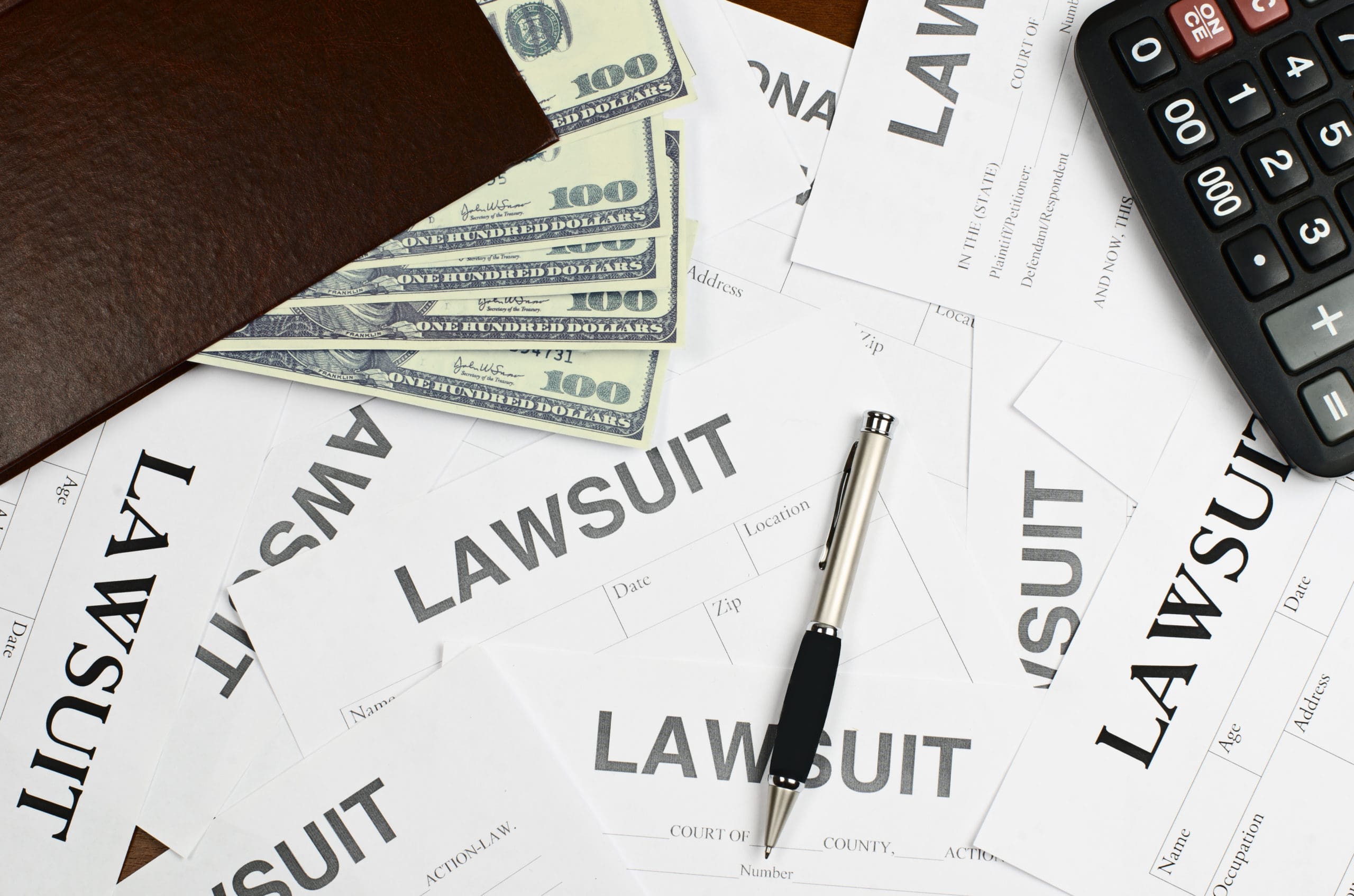Schools face an unprecedented challenge in the fall: the resumption of in-person educational delivery amid the coronavirus pandemic. Just what that might look like and how it will be accomplished is not yet clear. It is, however, a matter of concentrated national consideration and occasionally intense partisan debate. At a minimum, it will likely include some level of social distancing and greatly increased sanitation. Applying the processes to an entire school environment, not just classrooms, but cafeterias, playgrounds, gyms, locker rooms and school buses will pose significant planning, operational and implementation hurdles. This will not be quickly nor easily accomplished.
An issue that has been noticeably absent in the re-opening discussion is the liability exposure that schools are certain to face. The record following other disasters, the litigious nature of our society and the human need to assign blame when faced with an adverse outcome all but guarantees that litigation will follow. Compounding this issue is another reality: Nearly all school district’s liability insurance coverage specifically excludes claims related to viral infection or transmission.
At this point I need to note that I am not an attorney. I don’t even play one on television. For specific legal advice on your unique exposure, contact your district’s legal counsel. My background and experience are based on my tenure as the safety coordinator and de facto risk manager for a school district.
[promo_content slug=”bliesner-csc-2023-promo”]
K-12 educators and educational organizations have a long established legal, ethical and moral “duty to care” for the health and safety of their students. Also concerning for schools is the welfare of staff members and visitors to their facility. Additionally, contact tracing will provide specific information on the vector of transmission, potentially increasing a school’s exposure. Any K-12 campus planning to open prior to the development and general deployment of an effective vaccine should have liability concerns.
Some states have “safe harbor” statutes that offer some protection, and other states are considering such legislation. However, schools — even if state safe harbor laws apply — do not have blanket immunity from liability. It is well established that K-12 campuses have a duty to protect their school community from foreseeable harm. The current pandemic is, at this point, both foreseeable and has the potential for serious harm. Key to any liability protection is a school’s reasonable and appropriate measures to protect the health of students, staff and visitors. This is where the “standard of care” considerations apply.
The Center for Disease Control (CDC) and state and local public health departments have created volumes of general guidance. What is missing is the operational direction. How to accomplish social/physical distancing in a 900 square foot classroom normally assigned 26 students, a teaching assistant and a teacher. This and myriad other operational questions will need to be addressed before schools can reopen. The good news here is that a number of groups are working to develop just such operational direction. Notable among them is the National Council on School Facilities (NCSF), which is facilitating a national working group developing such guidance.
No one believes that the pandemic will have run its course by the return to school in the fall. Until the general availability of a vaccine, campus operations will pose a level of risk for everyone involved. Schools must do all they can to mitigate the effect of the illness on their school community. Equally, they must limit the liability exposure for their staff and the institution. These are not mutually exclusive goals.
It would be wise for campuses to adopt these four strategies:
- Don’t go it alone. There is a level of safety in numbers. Look for an approved standard of care that can guide your operational processes. At a minimum, work with a group of schools/districts in your area to agree on a common operational platform. Collaborate with your local public health officials to adapt general standard of care guidance to your specific needs. A common process of accepted best practices will both limit the effect of the illness and limit your liability exposure. Document the approving authority and adaptation processes.
- Communicate. Provide robust communications and engagement on expected changes to the appropriate groups. This includes staff, students, volunteers and particularly parents. Maintain accurate records (including time, date and modality) and copies of all communications. Effective notification will play a critical role in both effective response and liability mitigation.
- Write down your procedures and provide training. Provide written procedure and training specific to the operational expectations and needs of all associated groups. Maintain records of the all training, including subject, date, time and participants. Written procedure assures clear operational expectations. Training will help to develop predictable operational performance and good record keeping documents both.
- Implement all processes and procedures with a high level of fidelity. Implement accountability measures that will help assure compliance with your developed processes. Keep records of check lists, supervisor reviews and any other accountability process you implement.
Protecting your school community from COVID-19 is the goal. Protecting your staff and institution in legal action should be the goal, as well. Doing the right thing is important, and the ability to prove you did the right thing is equally so. Schools that implement the processes that limit liability will, as a direct result, do a better job of implementing the processes that mitigate the harm that COVID-19 could cause their school community.







